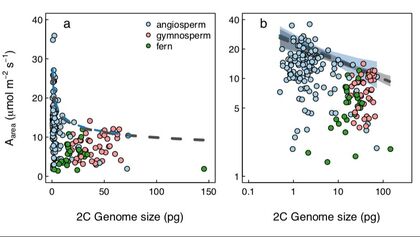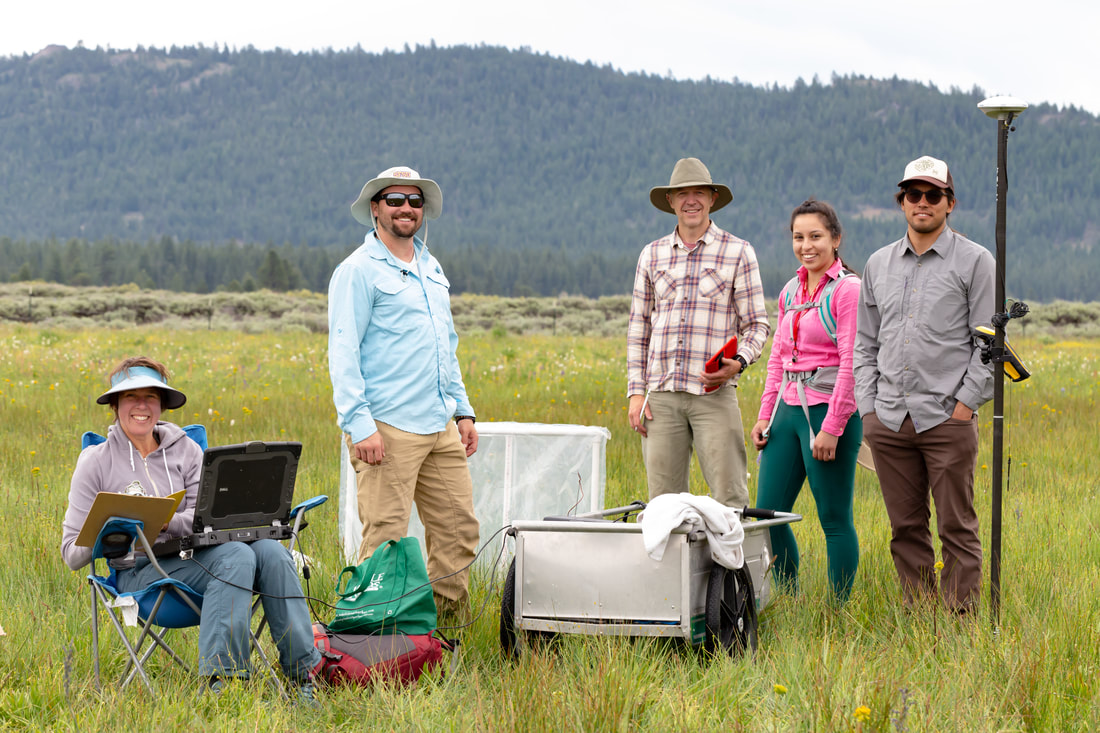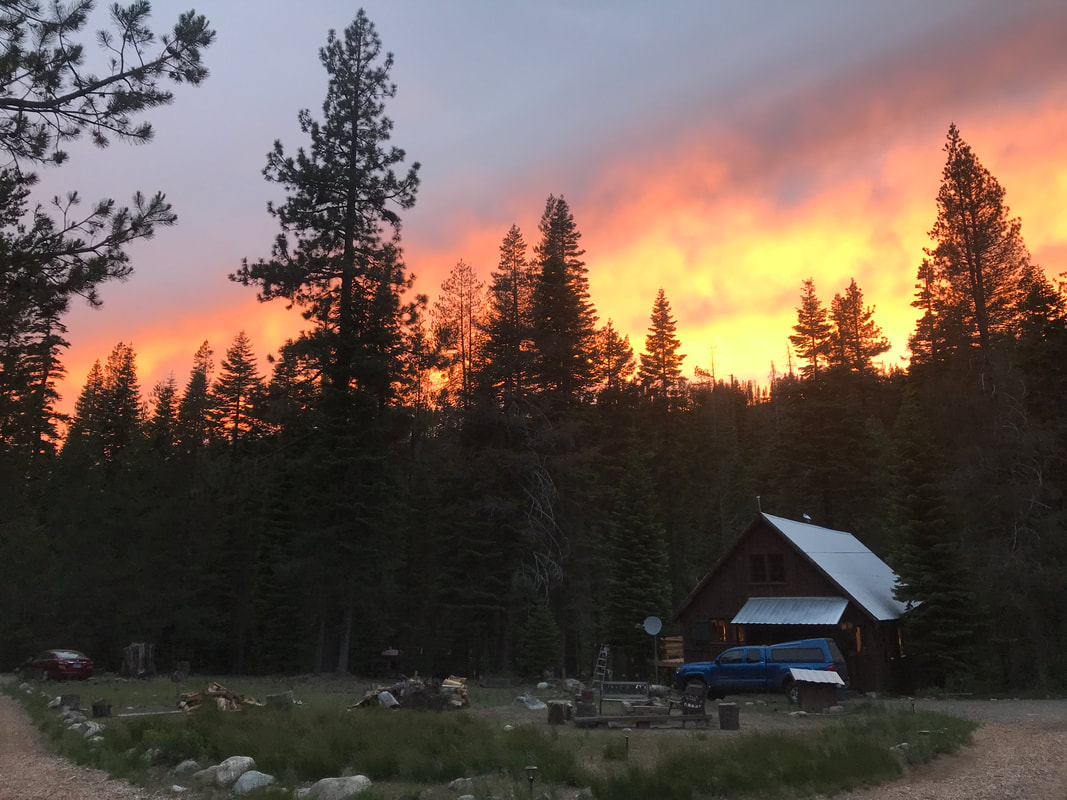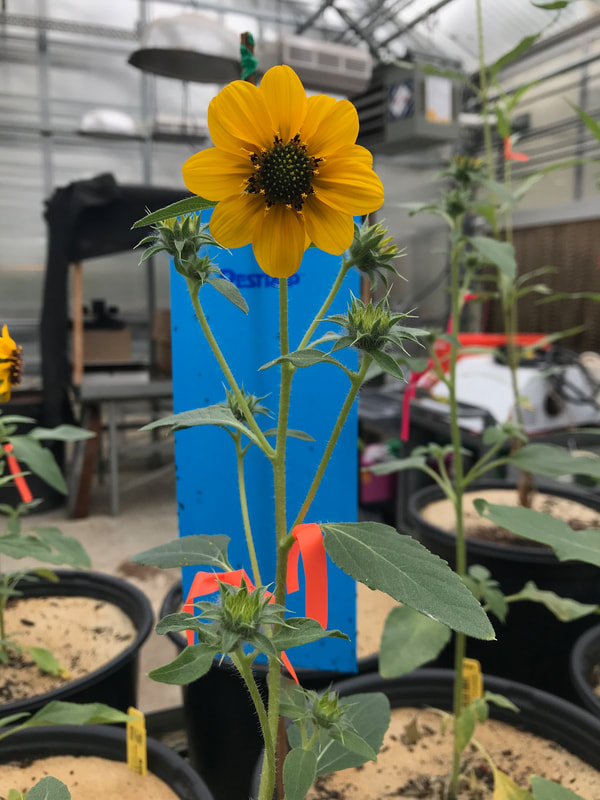Plant and Ecosystem Hydrology
|
Meadows: Meadows occupy the headwaters of many mountain watersheds yet we have very little insight on how meadow hydrology and carbon balance will respond to a future altered climate. We are currently collaborating with a diverse group of researchers to better understand the impact of changes in water table depth on meadow plant communities and overall ecosystem function.
Field Campus:
The Sierra Nevada Field Campus Located near the Sierra Buttes, Lakes Basin, Gold Mines and even Ghost Towns the Sierra Nevada Field Campus is our lab home away from home. Adjacent to the headwaters of the North Yuba River and surrounded by thousands of acres of high elevation forest the field campus offers summer classes in fly fishing, painting, photography, astrology, ecology and more. We camp here during our summer field season and are able to analyze data after having a hot meal by some amazing chefs on site. At the end of our day, we plan our next-day field agenda while roasting marshmallows by the fire. |
Leaf Hydrology
|
The hydrology of leaves: Current research in the lab is focusing on dynamic changes in the hydrology of leaves in response to both short and long-term variation in temperature, light, humidity and atmospheric CO2 concentrations. We are particularly interested in leaf hydraulics and the overall water use strategy of herbaceous annuals and perennials.
|
Biophysical impacts of genome size variation on plant structure and function

Recent research in the lab has provided strong evidence that between species variation in genome size is strongly coupled to variation in photosynthetic capacity. We now know that plants with small genomes can build leaves made of small cells which allows for the construction of leaves with both a high stomatal density and a high vein density, leading to enhanced rates of photosynthetic metabolism.


